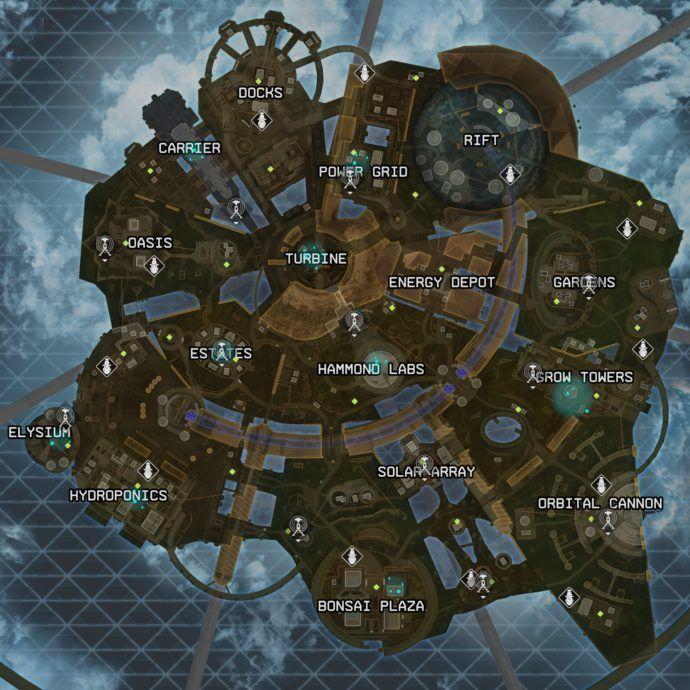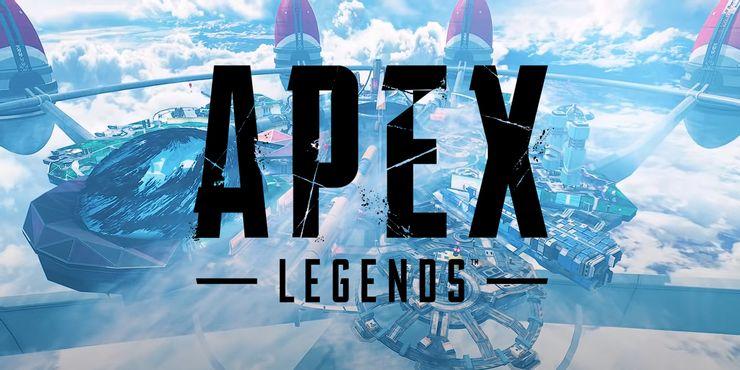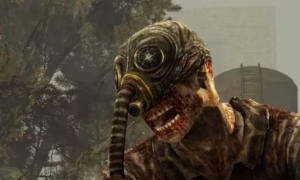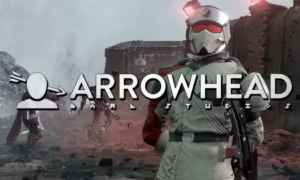Comparing Apex Legends’ World’s Edge Map to Season 7’s Olympus
It’s been two weeks now since Apex Legends entered its seventh season, bringing a wave of fresh content to Respawn Entertainment’s popular battle royale game. Like many of Apex Legends’ past seasons, the brand new one introduces a new conflict pass and Legend, but it also introduces a brand-new map, which will be just the third to be added to the match so far.
The map is Olympus, an abandoned floating town high over the Outlands world of Psamathe. Respawn Entertainment has been teasing the map for a while, largely through looks in trailers for past seasons, loading screen text, and the Broken Ghost pursuit. Back in October, the distinctive red aircraft that may be found in Olympus were added to the backgrounds of the Kings Canyon, World’s Edge, and Firing Range maps.
RELATED: Apex Legends Dev Explains Why Mirage Will Probably Never Be’Top Tier’
The once-opulent town of Olympus was left after a Phase Rift threatened to ruin it. The tragedy was based around a Phase research station in the Phase Gateway area of the city, yet players will be able to use this Stage Rift into teleport by getting up close and personal in the Rift area.
Before its abandonment, Olympus featured greatly in the backstories of several of Apex Legends’ Legends. It was the house of Lifeline, Octane, and brand new Season 7 Legend Horizon. Besides, Olympus is also the city where Revenant murdered Loba’s parents in the Reverie Lounge restaurant.
How The Look Compares
As a once-wealthy and opulent floating city, Olympus has kept much of its shine even after becoming abandoned. The entire map includes a sculptured, geometric attractiveness to it, a far cry from World’s Edge’s functional, rough-edged architecture. All the roads and parks in Olympus are laid out in overlapping geometric patterns, bordered by triangles of lush grass and subtropical gardens.
With its huge variety of cultured and artificial flora, Olympus is unquestionably the most colorful of Apex Legend’s three paths. The drab grass and volcanic soil of World’s Edge are left behind, and each building in Olympus reinforces how lavish the town was. Interiors are awash with brushed alloy, perfect glass, anti-gravity chandeliers, and stunning views of the surrounding cloudscapes. Overall, Olympus has a radically different look to Apex Legends’ World’s Edge, highlighting the disparity between different societies that once inhabited the maps that are overburdened.
RELATED: Apex Legends Offering Players Dual XP For Limited Time
The Way the Layout Compares

While Olympus is bigger than King’s Canyon, Apex Legends’ first map is slightly more compact than World’s Edge. Overall, the map is also far more open than Apex Legends’ past battlegrounds, allowing longer sightlines. But just like in World’s Edge, the regions are laid out to give players a few options for turning. The new Trident vehicle, a three-player hovercar that came with the Olympus map, will help make rotations.
While the numerous openings in the town’s baseplate will funnel players into specific crossing points, they do not block sight, such as World’s Edge’s towering mesas. However, this does not signify that Olympus lacks verticality. In fact, it’s quite the opposite. Despite basically being a floating plate in the skies, Olympus has plenty of height gap between its many regions. Like the Hammond labs, some sit in the center of artificial sidewalks, while some, like Bonzai Plaza, features towering skyscrapers that operate flawlessly with the Kraber 50. Cal Sniper.
Overall, Olympus is a really distinct map to Earth’s Edge and Kings Canyon, both in appearance and gameplay. The city’s roughly-circular design allows for interesting rotation options, and there’s plenty of well-placed ziplines to get players where they need to go. Additionally, the broad, open spaces are tailor-made to your new Trident vehicle, allowing teams to relocate quickly.







